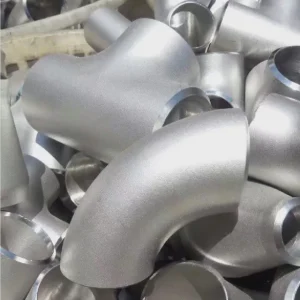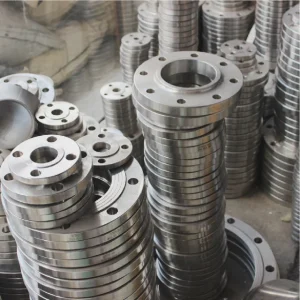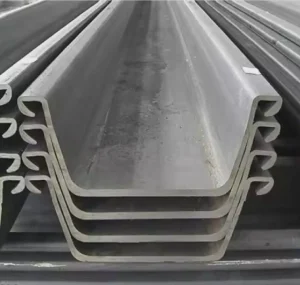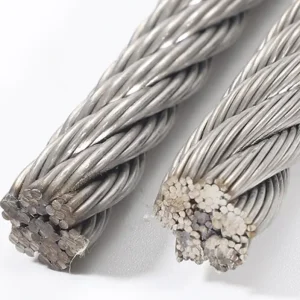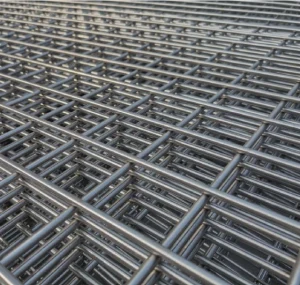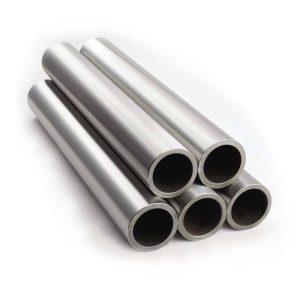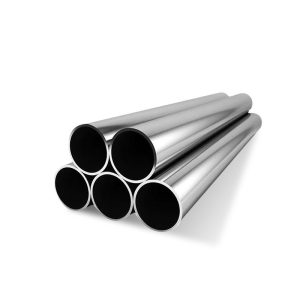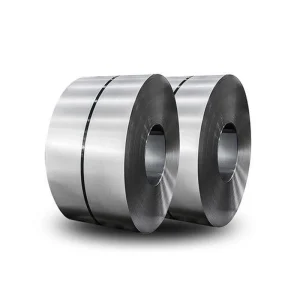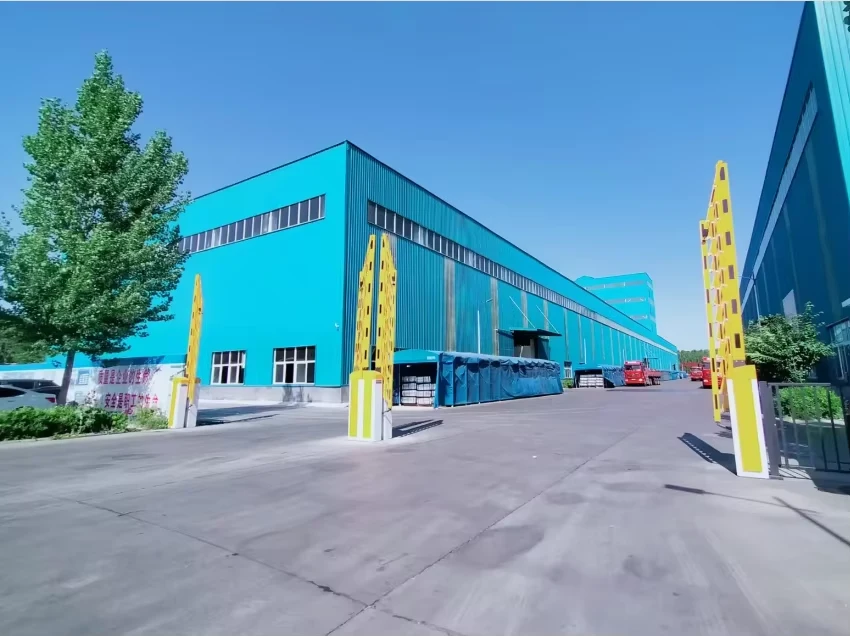We estimate that in 2025 typical market prices for prepainted galvanized steel coil (PPGI / color-coated GI coil) range broadly from about USD 430–1,150 per metric ton, with most standard export-grade coils trading between USD 500–900 / ton depending on coating system, base steel grade, zinc weight, thickness, order size, and shipping terms. These levels reflect continuing sensitivity to hot-rolled coil feedstock, zinc/aluminum alloy costs, and demand from roofing, appliance and construction markets.
What is PPGI (color coated galvanized steel coil)?
PPGI stands for Prepainted Galvanized Iron (sometimes abbreviated PPGI or PPGL when referring to Galvalume). It is cold-rolled steel that has been hot-dip galvanized (zinc coated) and then coated with one or more layers of paint on one or both faces. The finished coil arrives on a steel core, slit and cut to width as required by the customer.
Key elements that determine product identity:
-
Base steel (e.g., DX51D, SPCC).
-
Zinc coating weight (g/m², often expressed e.g., Z120, Z275).
-
Paint system and thickness (PE, SMP, HDP, PVDF).
-
Primer and backer coatings.
-
Surface finish (smooth, stone-coated, embossed, printed patterns).
Manufacturing steps that matter to price
We break the process down to highlight where costs accumulate:
-
Cold rolling — creates the base gauge; cost moves with HRC (hot-rolled coil) feedstock.
-
Annealing/cleaning — ensures paint adhesion; lab and cycle time add to cost for premium grades.
-
Galvanizing — zinc weight and coating uniformity are direct inputs to raw-material cost.
-
Prepaint line — primer + paint layers; the type and formulation (PE vs PVDF) drive wide price differences.
-
Baking and cooling — process control affects longevity and warranty eligibility.
-
Slitting/packing — narrower widths and tails require extra handling (higher unit cost).
-
QC & testing — weathering tests, adhesion, cross-cut, humidity/corrosion testing increase perceived value and price.
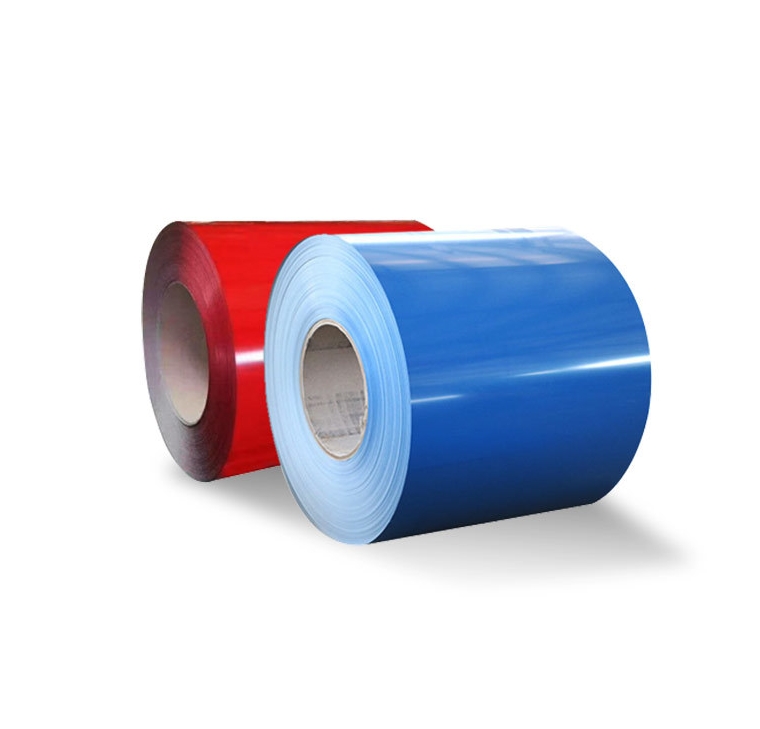
Coating systems and their price impact
Coating choice is one of the single largest determinants of final price. In our experience the commonly used systems rank roughly like this (from lowest to highest cost):
-
PE (Polyethylene) — economical; suited for interior panels and basic roofing.
-
SMP (Silicone Modified Polyester) / HDP (High Durability Polyester) — mid-range performance for general construction.
-
PVDF (Polyvinylidene Fluoride) — premium, long-life finish for architectural cladding; commands a significant premium.
Manufacturers and trading houses commonly report that PE-coated PPGI is the lowest-cost option, while PVDF and specialty antimicrobial or textured finishes command higher unit prices because of raw material and processing complexity.
Technical variables that change price
We always ask procurement to check each of the following when comparing quotes:
-
Thickness (gauge) — heavier gauges cost more per ton because of higher steel content and machining requirements.
-
Zinc / Aluzinc weight — expressed in g/m² or Z-numbers; higher zinc weight increases corrosion protection and unit cost.
-
Paint weight / film build — thicker films and multi-layer systems cost more.
-
Surface pattern — printed woodgrain, embossed stone-coating, or PVDF specialty pigments raise price.
-
Tolerance and slit width — custom widths or narrow tolerances increase handling charges.
-
MOQ and packaging — palletization, export wrapping, and crates change CIF/FOB pricing.
-
Warranties & testing — certified weathering or salt spray testing is often priced in.
-
Terms (FOB/CIF/DDP) — shipping responsibilities directly affect landed cost.
2025 price overview by region
Below is a concise comparative table we prepared to help buyers orient themselves. Figures are typical ranges for standard PPGI (PE or SMP finish, common gauge 0.35–0.5 mm) and quoted in USD per metric ton (where shown). Actual offers depend on specs, quantity, and shipping terms.
| Region / Channel | Typical price (USD/ton) | Notes (what pushes price up) |
|---|---|---|
| China — export (factory FOB) | USD 430 – 900 / t | Large exporter base; lower prices for high MOQ and simple PE coatings; patterned or PVDF higher. |
| China — premium/galvalume & thick gauge | USD 900 – 1,150 / t | Galvalume / thicker gauges and specialty PVDF finishes push up to this band. |
| India — domestic manufacturers | ~94,000 INR / t (indicative) | Local tariffs, inland logistics can make domestic INR prices appear higher in USD terms; small orders increase landed cost. |
| Southeast Asia (local mills / traders) | USD 550 – 900 / t | Regional mills supply nearby markets; freight savings vs distant suppliers. |
| Europe / Turkey — ex-works | USD 800 – 1,250 / t | Higher labor & compliance costs; ex-works or ex-factory pricing often higher than Asian FOB. |
| North America — domestic / imports | USD 900 – 1,200 / t | Mixed: domestic galvanized + prepaint premiums; imports subject to duties and anti-dumping in some years. |
| Spot / small quantity retail listings | USD 500 – 1,000 / t | Online B2B platforms show wide ranges due to product variety and seller margins. |
Notes on the table: the ranges above represent typical transactional bands in 2025; premium coatings, low gauge tolerances, and small lots push sellers toward the upper end. We used multiple supplier listings and market reports to build this comparison, and then adjusted for current demand patterns and typical export terms.
Macro drivers behind 2025 price behaviour
We track several macro factors that explain why prices vary and why they may shift rapidly:
-
Hot-rolled coil (HRC) feedstock: PPGI follows movements in HRC prices closely because steel content is the core cost component.
-
Zinc and aluminum costs: Zinc (and Al for Galvalume) oscillations influence galvanizing cost sharply.
-
Paint resin and pigment costs: Specialty resins (PVDF) and effect pigments can be scarce or costly.
-
Freight and logistic costs: Container rates and port congestion alter landed prices, especially for small orders.
-
Demand from building, roofing, and appliance sectors: Construction cycles and appliance cycles create demand pulses.
-
Trade remedies & tariffs: Anti-dumping duties on steel in certain markets can blunt price competition from exporters.
-
Energy and environmental regulation: Galvanizing and paint lines are energy-intensive; emissions rules and carbon costs alter production economics.
These drivers explain why short-term price swings are common and why buyers should lock in clear specifications when requesting quotes.
How we evaluate supplier quotes
When we review PPGI quotes we use a consistent checklist that helps compare apples to apples:
-
Clear product spec: gauge, base steel grade, zinc g/m², paint system (including brand or resin family), film builds in microns.
-
Sample & certificate: color sample, adhesion test, cross-cut, salt spray hours, coil certificate.
-
Packing & handling: inner core, seam protection, export wrapping, palletization.
-
MOQ and lead time: confirm coil weights, minimum order, and production lead time.
-
Terms: FOB/CIF/DDP and exact incoterms date; shipping carrier options.
-
Warranties & liability: color fade warranty, chalking rating, and acceptance criteria.
-
Testing traces: lab reports for chemical composition and coating adhesion.
-
Traceability: mill lot numbers, heat numbers, and batch tracking.
We recommend putting every item above into the purchase order to avoid ambiguity and unexpected charges.
Spot vs contract buying: which suits you?
-
Spot buying is useful for opportunistic savings or when you need small quantities quickly. Spot prices vary and can be advantageous if HRC or zinc briefly dips.
-
Contract buying (long term) is preferred by large roof-sheet manufacturers and OEMs who need price stability and predictable supply. Contracts often include clauses for raw-material pass-through and indexation.
We routinely advise medium and large buyers to combine both strategies: secure a baseline contract for core demand and use spot purchases for seasonal peaks or opportunistic buys.
Quality control, inspection and acceptance criteria
We always insist on pre-shipment inspection (PSI) or third-party testing for new suppliers. Key tests we require:
-
Visual & color match (spectrophotometer where required).
-
Paint adhesion (cross-cut according to ASTM D3359 or equivalent).
-
Salt spray (ASTM B117) for corrosion resistance benchmarks.
-
Thickness measurement (coating and zinc weight; use coulometric or other accepted methods).
-
Impact & bend (to verify flexibility without cracking).
-
Coil edge & core inspection (ensure core flushness and no seam damage).
Failing to define acceptance criteria is the most common cause of disputes. We include exact test standards and pass/fail thresholds in tender documents.
Typical specification examples
To avoid confusion when soliciting prices, these are the spec lines we put on our RFQs:
-
Example A (standard roofing coil): DX51D, 0.45 mm ±0.02, Z275 g/m², PE topcoat 20 µm + primer 5 µm, backcoat 7 µm, color RAL 8004, coil weight 3–4 mt, FOB Qingdao.
-
Example B (architectural façade): DX51D, 0.6 mm ±0.02, Al-Zn 275 g/m², PVDF topcoat 25 µm + primer 8 µm, certified 5000 hrs salt spray, coil weight 5 mt, CIF Rotterdam.
Clear, detailed examples like the above produce more accurate and comparable pricing.
Sustainability, compliance and lifecycle considerations
Buyers increasingly ask about environmental impacts. We audit suppliers for:
-
VOC limits in paint formulations.
-
Wastewater treatment and galvanizing bath management.
-
Recyclability of the coil and minimal use of hazardous pigments.
-
Energy efficiency and emissions data (where available).
Sustainability attributes may carry a premium, but they reduce long-term regulatory risk and often align with major OEM procurement policies.
Market snapshot & trends to watch (2025)
We monitor market intelligence and observed these trends in 2025:
-
Narrower price spreads between standard PE and higher-performance options when resin supply is stable, but large step-ups remain for PVDF.
-
Greater regionalization: buyers source more regionally to reduce freight exposure.
-
Product differentiation: patterned and textured PPGI (woodgrain, stone-coated) continue to command niche premiums.
-
Steady market growth: market analysis firms forecast continued expansion in the prepainted coil market driven by construction and appliance sectors.
Negotiation tactics we use (practical tips)
-
Bundle volumes: combining several SKUs into one PO improves leverage.
-
Agree on base index: tie price adjustments to a transparent index (HRC or zinc) with a clear formula.
-
Request bundled testing: ask for a single extended certificate batch to avoid repeated QC costs.
-
Ask for staged deliveries: helps balance cashflow and reduces storage costs.
-
Request freight options: compare CIF vs FOB vs DDP to find the most predictable landed cost.
How we compute landed cost (step-by-step)
We always calculate landed cost before awarding business. Components include:
-
Factory price (FOB or EXW).
-
Port charges & documentation.
-
Freight (ocean or rail).
-
Insurance (CIF).
-
Import duties, anti-dumping, VAT.
-
Inland transport & handling.
-
Inspection & testing fees.
A low FOB does not guarantee a low landed cost. Duty regimes and inland logistics often outweigh small FOB savings.
Common pricing pitfalls we see
-
Comparing quotes with different film builds or zinc weights — looks cheaper but fails earlier in service.
-
Ignoring packaging and coil protection — rust claims increase if coils are poorly wrapped.
-
Not specifying test standards — leads to disputes and potential rework costs.
-
Failing to include demurrage & port delay clauses — these can be costly in periods of congestion.
Quick procurement checklist (one-page summary)
-
Confirm exact technical spec (gauge, zinc g/m², paint type and microns).
-
Ask for sample or spectro for color match.
-
Require third party inspection for first shipment.
-
Set payment and penalty terms for non-conforming product.
-
Build indexation or review clauses into multi-year contracts.
-
Calculate total landed cost before award.
Conclusion & our practical recommendation
If you are sourcing PPGI in 2025, we recommend:
-
Use regional suppliers for moderate volumes to reduce freight risk.
-
Specify paint system and zinc weight precisely — this avoids surprises.
-
Combine a firm baseline contract for core volumes with tactical spot buys for flexibility.
-
Require pre-shipment testing and clear acceptance criteria.
These steps help you secure a predictable supply and avoid quality disputes while optimizing cost.
Sources and validation
We compiled the pricing bands above from active supplier listings and market summaries on B2B platforms, mill pages, and market research reports in 2025. Representative data points include typical B2B price ranges and market size estimates from recent 2025 vendor and market pages. For example, multiple supplier listings on trade marketplaces show PPGI price bands in the USD 430–900 / ton range for standard coils, with higher bands for Galvalume or premium PVDF finishes.
Global price comparison
(Repeat table in short form for web readers and SEO scannability)
| Market | Typical USD/t (standard) | Quick note |
|---|---|---|
| China FOB | 430–900 | Wide seller base, competitive for large orders. |
| China premium | 900–1,150 | Galvalume & PVDF premium. |
| India (domestic) | ~94,000 INR/t | Domestic logistics and demand shape price. |
| North America | 900–1,200 | Domestic premiums and duty exposure. |
| Spot listings online | 500–1,000 | Retail / small lot variance. |
Frequently Asked Questions (FAQs)
Q1 — What is a fair price for standard PPGI in 2025?
A: For standard PE or SMP coated PPGI of common gauges, a fair factory FOB price in 2025 typically sits in the USD 500–900 / t band. Expect higher levels for specialty coatings or small orders.
Q2 — How much extra does PVDF coating add to price?
A: PVDF is a premium resin and often adds a substantial premium relative to PE — this can range from a few hundred USD per ton up to a large percentage depending on film build and warranty. Buyers should request a detailed cost breakdown from suppliers.
Q3 — Are online B2B price listings reliable?
A: They are useful for ballpark figures but often do not include freight, duties, or special testing. Use platform listings for initial screening, then obtain firm mill quotations with exact specs.
Q4 — Should we buy Galvalume (PPGL) or PPGI for coastal projects?
A: For aggressive coastal exposure, Galvalume (Al-Zn) or higher zinc weights plus thicker paint films provide better long-term protection; they typically cost more but lower life-cycle maintenance costs.
Q5 — How do market forecasts look for PPGI short-term?
A: Market reports indicate continued growth driven by buildings and appliances, but price volatility remains because of feedstock, zinc, and resin cost swings. Buyers should include indexation or review clauses in medium-term contracts.



